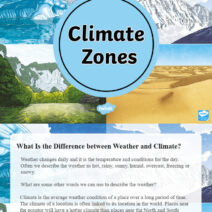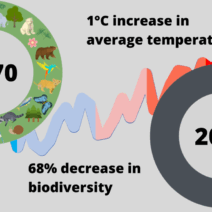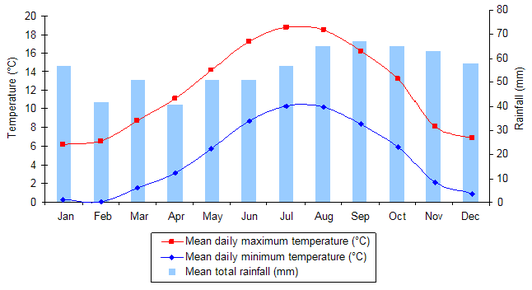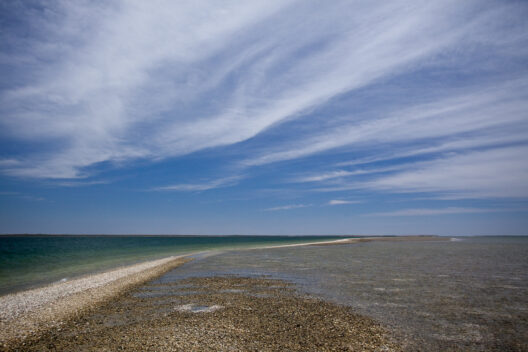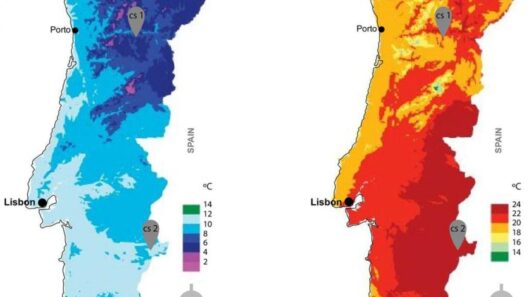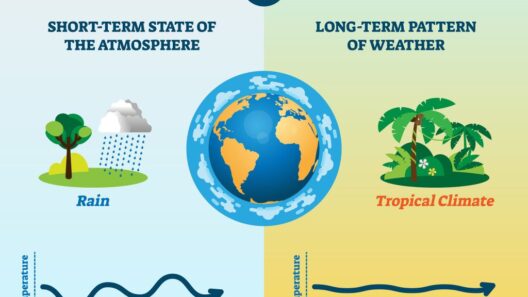Argentina, a land of sheer contrasts, unfurls its vast tapestry of climate zones, weaving a complex narrative from the frosty embrace of Patagonia to the sun-kissed expanses of the Pampas. This country, encompassing diverse geographic features, serves as a microcosm of climate variability, where each region offers a distinct atmospheric experience that shapes its ecosystems, cultures, and agricultural practices.
Embarking from the icy realms of Patagonia, one encounters a landscape sculpted by glacial forces, where jagged mountains pierce the sky, and wind-whipped plains stretch toward the horizon. The climate of this southernmost region is predominantly cold, characterized by strong winds and substantial precipitation, particularly in the western areas. The Patagonian chill, as it is often referred to, is a stark reminder of nature’s fierce power—where raw beauty meets relentless weather. Here, the average temperatures hit a low during winter, frequently dipping below zero degrees Celsius, while summer brings a mild respite, with temperatures ranging from 10 to 20 degrees Celsius.
The unique climatic conditions of Patagonia create an alluring yet demanding environment that supports an array of flora and fauna adapted to survive in such extremes. Dense forests of lenga and coihue trees give way to arid steppes, punctuated by the iconic guanaco, who roam these untamed territories. The region’s dramatic weather also shapes the agricultural calendar; pastoral farming is prevalent, nurturing sheep for wool production and cultivating hardy crops such as barley and oats, which can withstand the cooler temperatures.
Transitioning northward, one traverses the varied landscapes of the Andean foothills, where altitudinal variations introduce a rich tapestry of microclimates. Here, the climate is classified as a temperate zone. The combination of elevation and latitude engenders warmer days and cooler nights, an intriguing interplay that creates ideal conditions for vineyards and fruit orchards. This is the land of Malbec, where the grapes flourish under the sun-drenched skies of Mendoza, ripe for harvest under the watchful gaze of the snow-capped Andes.
The significance of this temperate climate cannot be overstated; it serves as the backbone of Argentina’s renowned wine industry, blending natural elements into an exquisite product that tells the story of its origin. The climatic variations not only influence agriculture but also dictate the pace of life, drawing visitors and locals alike to revel in the contrasts found within the regions. It epitomizes a harmonious dichotomy—where warmth cradles the soils and cold beckons from the peaks.
As one further descends into the lowlands, the climate begins to morph dramatically. Enter the Pampas, a vast expanse of verdant grasslands that acts as the agricultural heartland of Argentina. The climate here is classified as humid subtropical, where warm summers and mild winters prevail. Temperatures can climb to 30 degrees Celsius or higher during the summer months, while winter showcases a softer chill, ranging from 0 to 10 degrees Celsius.
The Pampas, depicted as Argentina’s breadbasket, cultivates an impressive array of crops, including wheat, corn, and soybeans. It is painted with the colors of sunflowers and dotted with grazing cattle, showcasing the agricultural bounty made possible by its favorable climate. This region reflects the prosperity and cultural richness derived from its fertility, creating a landscape brimming with life and productivity. Here, the rhythm of life is dictated by the seasons, and agriculture has become a way of life that binds communities.
Interestingly, the climate also poses challenges; as temperatures rise and droughts become more frequent, farmers grapple with the implications of climate change. The vigil against shifting climates is palpable, pressing communities to innovate sustainably to preserve their agricultural heritage. Thus, the Pampas serves as a microcosm for the broader issues surrounding climate adaptation and environmental resilience.
Further north, the climate transitions once again as one approaches regions like Chaco and Mesopotamia, where a subtropical climate burgeons under the humid air masses. The lush, rich landscapes flourish, home to vibrant rainforests and an extensive array of biodiversity. The temperatures here can be oppressive, with summers reaching upwards of 40 degrees Celsius, while winters are mild and often rain-soaked.
These subtle shifts in climate paint a portrait of adaptation. Indigenous communities and diverse ecosystems have evolved in conjunction with these climatic variables, thriving in symbiosis. The lushness of these regions fosters a plethora of agricultural practices, from rice cultivation to yerba mate production—a cultural symbol deeply integrated into daily life.
Reaching the northern borders of Argentina, one arrives at the tropical climates of the northeastern regions, characterized by warmth and abundant rainfall. Here, the rainforests crowd the land, infused with biodiversity, captivating those who wander amongst the dense foliage. The climate evokes a sense of life in abundance, and it offers a stark contrast to the barren beauty of the southern hills.
In conclusion, Argentina’s climate can be likened to a grand symphony, each region contributing its unique notes to a complex interplay of meteorological phenomena. From the icy whispers of Patagonia to the warm embrace of the Pampas, the geographical diversity lends itself to a myriad of climatic conditions that shape the lives of those who inhabit this splendid land. The beauty of misaligned climates and vibrant ecosystems continues to intrigue, reminding us of the delicate equilibrium necessary for sustaining both humanity and nature in the face of evolving global challenges. Each landscape carries its story, unified by the threads of climate that knit the fabric of Argentina’s environmental tapestry.
